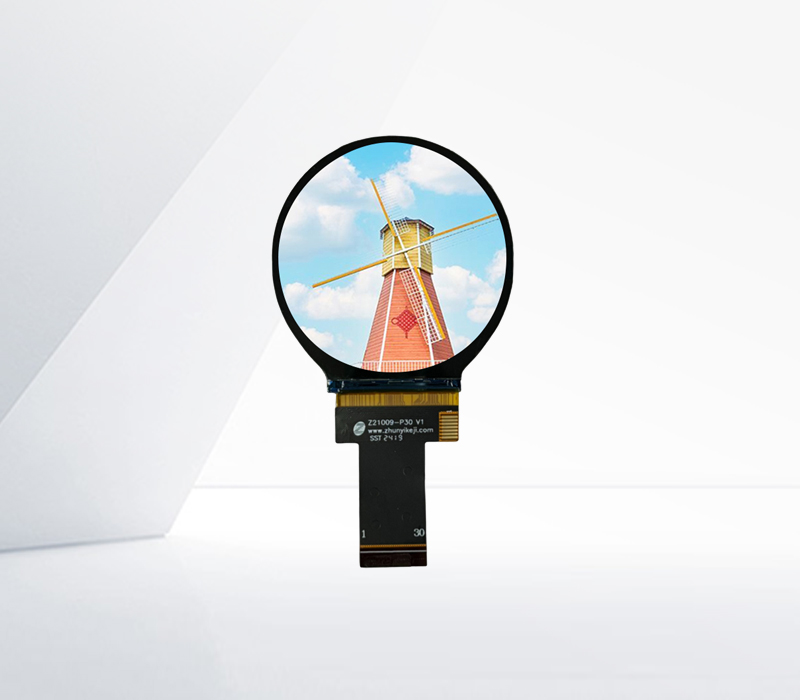




The compatibility of IPS LED displays with hosts, including computers, laptops, gaming consoles, and media players, is a key factor that determines the seamless integration and optimal performance of the display system. Achieving good compatibility involves ensuring that the display can communicate effectively with the host, support the required video and audio signals, and work properly with the host's operating system and software.
One of the primary aspects of compatibility is the video interface. IPS LED displays typically support a variety of video interfaces, such as HDMI, DisplayPort, VGA, and USB - C. Host devices must have a compatible video output interface to connect to the display. For example, modern computers and laptops often come with HDMI or DisplayPort outputs, which can provide high - definition video signals at high refresh rates. When connecting an IPS LED display to a host, it is important to use the appropriate cable and ensure that the video settings on both the host and the display are configured correctly.
Another important factor is the support for different video resolutions and refresh rates. Host devices may have limitations in terms of the maximum resolution and refresh rate they can output. IPS LED displays need to be able to support the video modes offered by the host to ensure proper display of content. For example, some older computers may only support a maximum resolution of 1920x1080, while modern high - end gaming laptops can output 4K or even 8K resolutions at high refresh rates. The display should be able to adapt to these different requirements without any issues such as image distortion or loss of signal.
Compatibility also extends to the audio aspect. Many IPS LED displays have built - in speakers or support audio output through the video interface. Host devices need to be able to send audio signals to the display in a compatible format. For example, when using an HDMI connection, the host should be able to transmit both video and audio signals simultaneously, and the display should be able to decode and play the audio correctly.
In addition, the compatibility of IPS LED displays with the host's operating system and software is crucial. The display driver software, which is installed on the host, plays a vital role in ensuring that the display functions properly. The driver software provides the necessary instructions for the host to communicate with the display, manage display settings, and support advanced features. Different operating systems, such as Windows, macOS, and Linux, may have different requirements for display drivers, and the IPS LED display should be compatible with a wide range of operating systems to reach a broader user base.
